|
Torture
is prohibited under Article 3 of the Human Rights Act 1998 and Article
5 of the Universal
Declaration of Human Rights.
The
British tortured Germans during the 2nd
World War, claiming on oath in court that they did not, though in
reality forcing confessions from their captives so that they could
legally hang them - even though the hanging would have been illegal
using these methods. Who is the war criminal in this scenario. We think
it is the British
being two-faced.
Britain's
police forces also rig the evidence to gain convictions today. Nothing
has changed in the United
Kingdom, save the players. The Sussex
Police are alleged to be guilty of using such methods to gain the
conviction of a fly in the ointment for their partners in crime: Wealden
District Council. See the Petition
concerning 12 criminal allegations that were never investigated.

Tainted: Bindfolded German soldiers may have been forced into untrue admissions, it has been revealed
DAILY
MAIL 26 OCTOBER 2012
The German SS officer was fighting to save himself from the gallows for a terrible war crime and might say anything to escape the noose. But Fritz Knöchlein was not lying in 1946 when he claimed that, in captivity in London, he had been tortured by British soldiers to force a confession out of him.
Tortured by British soldiers? In captivity? In London? The idea seems incredible.
Britain has a reputation as a nation that prides itself on its love of fair play and respect for the rule of law. We claim the moral high ground when it comes to human rights. We were among the first to sign the 1929 Geneva Convention on the humane treatment of prisoners of war.
Surely, you would think, the British avoid torture? But you would be wrong, as my research into what has gone on behind closed doors for decades shows.
It was in 2005 during my work as an investigative reporter that I came across a veiled mention of a World War II detention centre known as the London Cage. It took a number of Freedom Of Information requests to the Foreign Office before government files were reluctantly handed over.
From these, a sinister world unfolded — of a torture centre that the British military operated throughout the Forties, in complete secrecy, in the heart of one of the most exclusive neighbourhoods in the capital.

Flashback: The prisoners in the dock are Nazi leaders Hermann Goering and Rudolph Hess - it is unknown how they might have been treated in prison
Thousands of Germans passed through the unit that became known as the London Cage, where they were beaten, deprived of sleep and forced to assume stress positions for days at a time.
Some were told they were to be murdered and their bodies quietly buried. Others were threatened with unnecessary surgery carried out by people with no medical qualifications. Guards boasted that they were ‘the English Gestapo’.
The London Cage was part of a network of nine ‘cages’ around Britain run by the Prisoner of War Interrogation Section (PWIS), which came under the jurisdiction of the Directorate of Military Intelligence.
Three, at Doncaster, Kempton Park and Lingfield, were at hastily converted racecourses. Another was at the ground of Preston North End Football Club. Most were benignly run.
But prisoners thought to possess valuable information were whisked off to a top-secret unit in a row of grandiose Victorian villas in Kensington Palace Gardens, then (as now) one of the smartest locations in London.
Today, the tree-lined street a stone’s throw from Kensington Palace is home to ambassadors and billionaires, sultans and princes. Houses change hands for £50 million and more.
Yet it was here, seven decades ago, in five interrogation rooms, in cells and in the guardroom in numbers six, seven and eight Kensington Palace Gardens, that nine officers, assisted by a dozen NCOs, used whatever methods they thought necessary to squeeze information from suspects.
Of course, it is crucial to put these events into context. When the gloves first came off at Britain’s interrogation centres — the summer of 1940 — German forces were racing across France and the Low Countries, and Britain was fighting for its very survival. The stakes could not have been higher.
In the following years, large parts of Britain’s cities were left in ruins, hundreds of thousands of service personnel and civilians died, and barely a day passed without evidence emerging of a new Nazi atrocity. Little wonder, perhaps, that it was felt acceptable for German prisoners to suffer in British interrogation centres.
And it should also be said that whatever went on within their walls, it paled into insignificance compared with the horrors the Nazis visited on millions of prisoners.
So, how can we be sure about the methods used at the London Cage? Because the man who ran it admitted as much — and was hushed up for half-a-century by an establishment fearful of the shame his story would bring on a Britain that had been fighting for honesty, decency and the rule of law.


[LEFT]
Feared: Col Robin 'Tin Eye' Stephens was prepared to seek his own rough justice.
[RIGHT] Out in the open: Lieutenant Colonel Alexander Scotland revealed some secrets in his controversial book about interrogating German officers, 'The London Cage'
That man was Colonel Alexander Scotland, an accepted master in techniques of interrogation. After the war, he wrote a candid account of his activities in his memoirs, in which he recalled how he would muse, on arriving at the Cage each morning: ‘Abandon all hope ye who enter here.’
Because, he said, before going into detail: ‘If any German had any information we wanted, it was invariably extracted from him in the long run.’
As was customary, before publication Scotland submitted his manuscript to the War Office for clearance in 1954. Pandemonium erupted. All four copies were seized. All those who knew of its contents were silenced with threats of prosecution under the Official Secrets Act.
What caused the greatest consternation was his admission that the horrors had continued after the war, when interrogators switched from extracting military intelligence to securing convictions for war crimes.
Of 3,573 prisoners who passed through Kensington Palace Gardens, more than 1,000 were persuaded to sign a confession or give a witness statement for use in war crimes prosecutions.
Fritz Knöchlein, a former lieutenant colonel in the Waffen SS, was one such case. He was suspected of ordering the machine-gunning of 124 British soldiers who surrendered at Le Paradis in northern France during the Dunkirk evacuation in 1940. His defence was that he was not even there.
At his trial, he claimed he had been tortured in the London Cage after the war. He was deprived of sleep for four days and nights after arriving in October 1946 and forced to walk in a tight circle for four hours while being kicked by a guard at each turn.
He was made to clean stairs and lavatories with a tiny rag, for days at a time, while buckets of water were poured over him. If he dared to rest, he was cudgelled. He was also forced to run in circles in the grounds of the house while carrying heavy logs and barrels. When he complained, the treatment simply got worse.
Nor was he the only one. He said men were repeatedly beaten about the face and had hair ripped from their heads. A fellow inmate begged to be killed because he couldn’t take any more brutality.
All Knöchlein’s accusations were ignored, however. He was found guilty and hanged.
Suspects in another high-profile war crime — the shooting of 50 RAF officers who broke out from a prison camp, Stalag Luft III, in what became known as the Great Escape — also passed through the Cage.
Of the 21 accused, 14 were hanged after a war-crimes trial in Hamburg. Many confessed only after being interrogated by Scotland and his men. In court, they protested that they had been starved, whipped and systematically beaten. Some said they had been menaced with red-hot pokers and ‘threatened with electrical devices’.
Scotland, of course, denied allegations of torture, going into the witness box at one trial after another to say his accusers were lying.
It was all the more surprising, then, that a few years later he was willing to come clean about the techniques he employed at the London Cage.
In his memoirs, he disclosed that a number of men were forced to incriminate themselves. A general was sentenced to death in 1946 after signing a confession at the Cage while, in Scotland’s words, ‘acutely depressed after the various examinations’.
A naval officer was convicted on the basis of a confession that Scotland said he had signed only after being ‘subject to certain degrading duties’.
Scotland also acknowledged that one of the men accused of the ‘Great Escape’ murders went to the gallows even though he had confessed after he had — in Scotland’s own words — been ‘worked on psychologically’. At his trial, the man insisted he had been ‘worked on’ physically as well.
Others did not share Scotland’s eagerness to boast about what had gone on in Kensington Park Gardens. An MI5 legal adviser who read his manuscript concluded that Scotland and fellow interrogators had been guilty of a ‘clear breach’ of the Geneva Convention.
They could have faced war-crimes charges themselves for forcing prisoners to stand to attention for more than 24 hours at a time; forcing them to kneel while they were beaten about the head; threatening to have them shot; threatening one prisoner with an unnecessary appendix operation to be performed on him by another inmate with no medical qualifications.

World War II Victory Day June 1946; Marshall of the Royal Air Force, Lord
Tedder, salutes the crowds in Parliament Square during the Victory Day Parade
Appalled by the embarrassment his manuscript would cause if it ever came out, the War Office and the Foreign Office both declared that it would never see the light of day.
Two years later, however, they were forced to strike a deal with him after he threatened to publish his book abroad. He was told he would never be allowed to recover his original manuscript, but agreement was given to a rewritten version in which every line of incriminating material had been expunged.
A heavily censored version of The London Cage duly appeared in the bookshops in 1957.
But officials at the War Office, and their successors at the Ministry of Defence, remained troubled.
Years later, in September 1979, Scotland’s publishers wrote to the Ministry of Defence out of the blue asking for a copy of the original manuscript by the now dead colonel for their archives.
The request triggered fresh panic as civil servants sought reasons to deny the request. But in the end they quietly deposited a copy in what is now the National Archives at Kew, where it went unnoticed — until I found it a quarter of a century later.
Is there more to tell about the London Cage? Almost certainly. Even now, some of the MoD’s files on it remain beyond reach.
Scotland, his interrogators, technicians and typists, and the towering guardsmen left the building in January 1949. The villas were unoccupied for several years.
Eventually, numbers six and seven were leased to the Soviet Union, which was looking for a new embassy building. Today, they house the chancery of the Russian embassy.
Number eight — where it is thought the worst excesses were carried out — remained empty. It was too large to be a family home in the post-war years and in too poor a state of repair to be converted to offices. By 1955, the building had fallen into such disrepair it was sold to a developer, who knocked it down and built a block of three luxury flats. One that went on the market in 2006 was valued at £13.5
million.
The Cage was not, however, Britain’s only secret interrogation centre during and after World War II. MI5 also operated an interrogation centre, code-named Camp 020, at Latchmere House, a Victorian mansion near Ham Common in South-West London, whose 30 rooms were turned into cells with hidden microphones.
The first of the German spies who arrived in Britain in September 1940 were taken there. Vital information about a coming German invasion was extracted at great speed. This indicates the use of extreme methods, but these were desperate days demanding desperate measures. In charge was Colonel Robin Stephens, known as ‘Tin Eye’, because of the monocle fixed to his right eye.
It was not a term of affection. The object of interrogation, Stephens told his officers, was simple: ‘Truth in the shortest possible time.’ A top secret memo spoke of ‘special methods’, but did not elaborate.
He arranged for an additional 92-cell block to be added to Latchmere House, plus a punishment room — known chillingly as Cell 13 — which was completely bare, with smooth walls and a linoleum floor.
Close to 500 people passed through the gates of Camp 020. Principal among them were German spies, many of whom were ‘turned’ and persuaded — or maybe forced — to work for
MI5.
Its first inmates were members of the British Union of Fascists. Some were held in cells brightly lit 24 hours a day, others in cells kept in total darkness.
Several prisoners were subjected to mock executions and were knocked about by the guards. Some were apparently left naked for months at a time.
Camp 020 had a resident medical officer, Harold Dearden, a psychiatrist who dreamed up regimes of starvation and of sleep and sensory deprivation intended to break the will of its inmates. He experimented in techniques of torment that left few marks — methods that could be denied by the torturers and that civil servants and government ministers could disown.
These techniques surfaced again after the war in a British interrogation facility at Bad Nenndorf, a German spa town, in one of the internment camps for those considered a threat to the Allied occupation.
In the four years after the war, 95,000 people were interned in the British zone of Allied-occupied Germany. Some were interrogated by what was now termed the Intelligence Division.
In charge of Bad Nenndorf was ‘Tin Eye’ Stephens, on attachment from MI5, and drawing on his Camp 020 experiences. An inmate recalled him yelling questions at prisoners and then punching them.
Over the next two years, 372 men and 44 women would pass through his hands. One German inmate recalled being told by a British intelligence officer: ‘We are not bound by any rules or regulations. We do not care a damn whether you leave this place on a stretcher or in a hearse.’
He was made to sleep on a wet floor in a temperature of minus 20 degrees for three days. Four of his toes had to be amputated due to frostbite.
A doctor in a nearby hospital complained about the number of detainees brought to him filthy, confused and suffering from multiple injuries and frostbite. Many were painfully emaciated after months of starvation. A number died.
The regime was intended to weaken, humiliate and intimidate prisoners.
With complaints soaring, a British court of inquiry was convened to investigate what had been going at Bad Nenndorf. It concluded that former inmates’ allegations of physical assault were substantially correct. Stephens and four other officers were arrested while Bad Nenndorf was abruptly closed.
But there was a quandary for the Labour government. The political fallout could be deeply damaging. There were other similar interrogation centres in Germany.
From the very top, there were urgent moves to hush things up.
Stephens’ court martial for ill-treatment of prisoners was heard behind closed doors. He did not deny any of the horrors. His defence was that he had no idea the prisoners for whom he was responsible were being beaten, whipped, frozen, deprived of sleep and starved to death.
This was the very defence that had been offered — unsuccessfully — by Nazi concentration camp commandants at war-crimes trials. But he was acquitted.
The suspicion remains that he got off because, if cruelties did occur at Bad Nenndorf, they had been authorised by government ministers.
Extracted from Cruel Britannia by Ian
Cobain, published by Portobello Books at £18.99.

Horror: Liverpool after the Blitz - but were the real perpetrators brought to justice?
WHO
WE WERE FIGHTING AGAINST FROM 1939 TO 1945
|
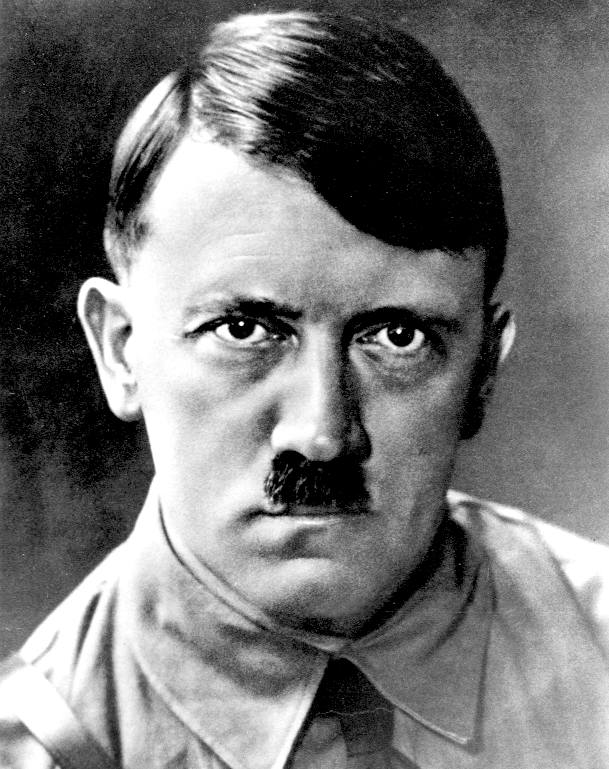
Adolf
Hitler
German
Chancellor
|
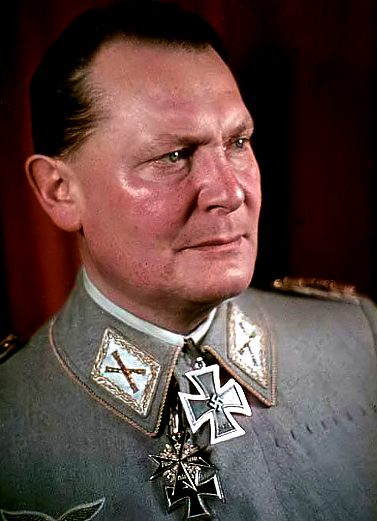
Herman
Goring
Reichsmarschall
|
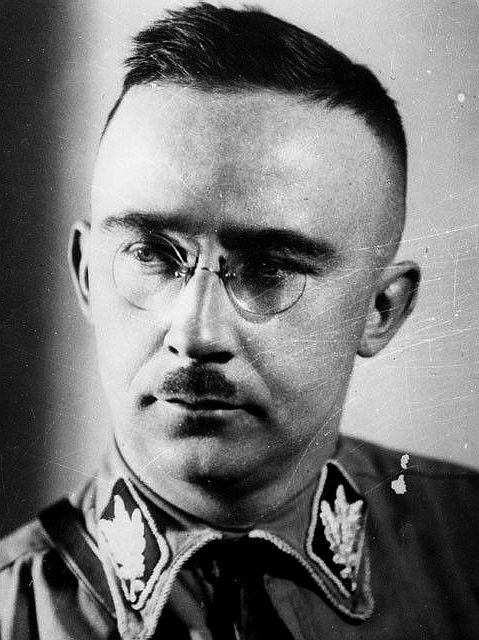
Heinrich
Himmler
Reichsführer
|
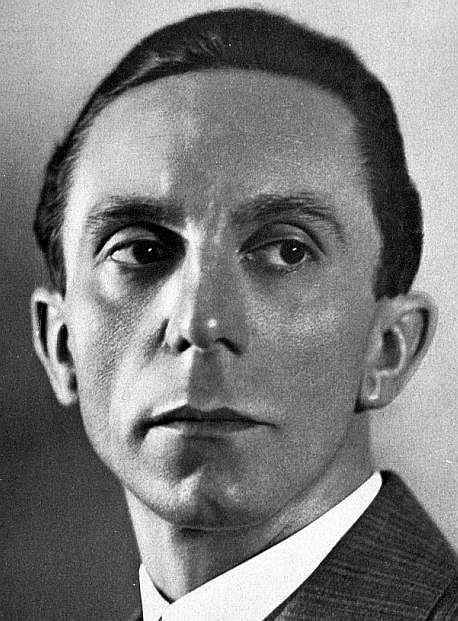
Joseph
Goebbels
Reich Minister
|
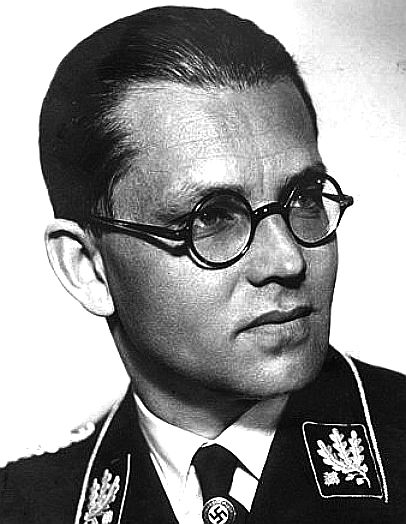
Philipp
Bouhler SS
NSDAP
Aktion T4
|
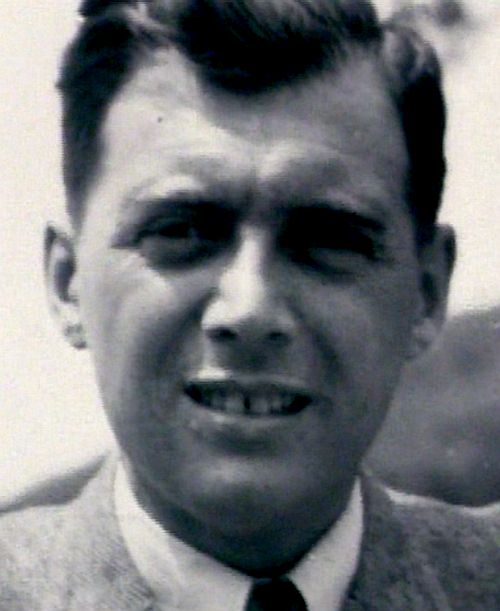
Dr
Josef Mengele
Physician
Auschwitz
|
|
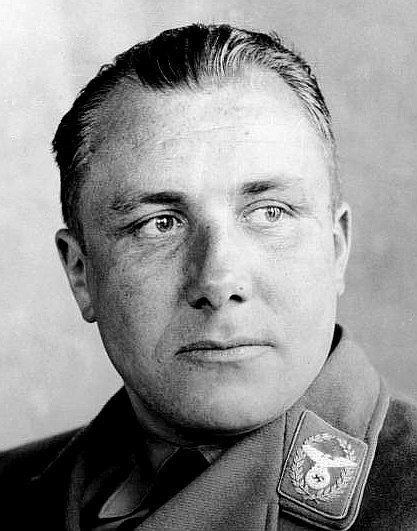
Martin
Borman
Schutzstaffel
|
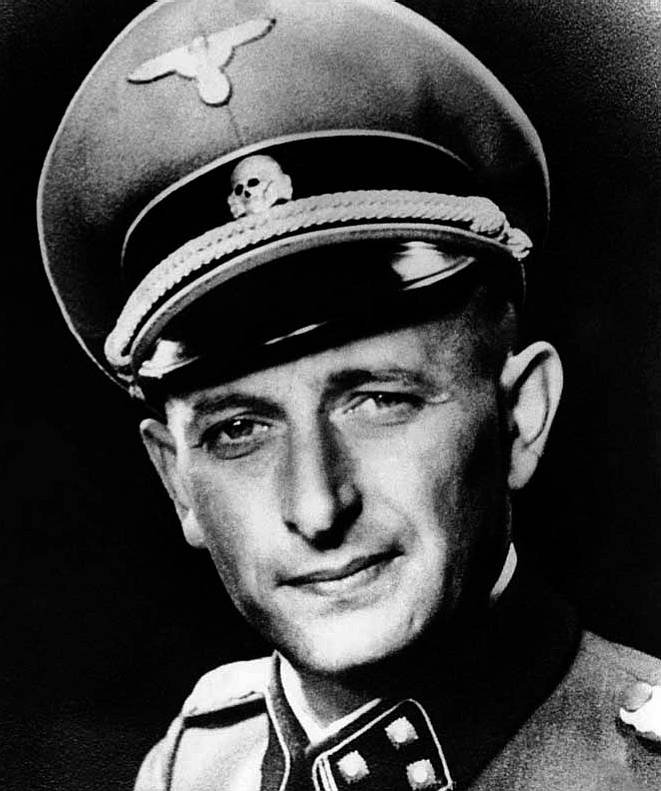
Adolph
Eichmann
Holocaust
Architect
|
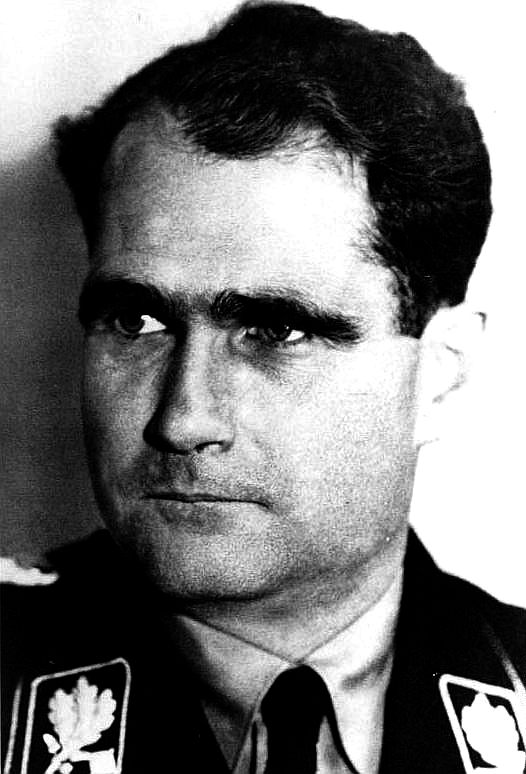
Rudolf
Hess
Commandant
|
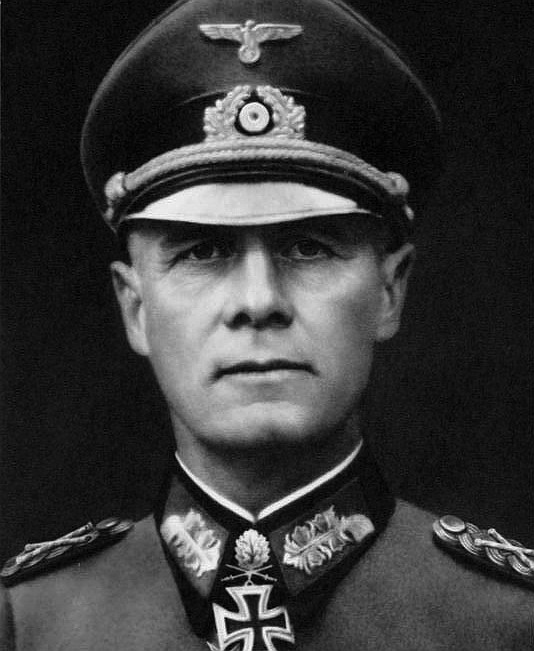
Erwin
Rommel
The
Desert Fox
|
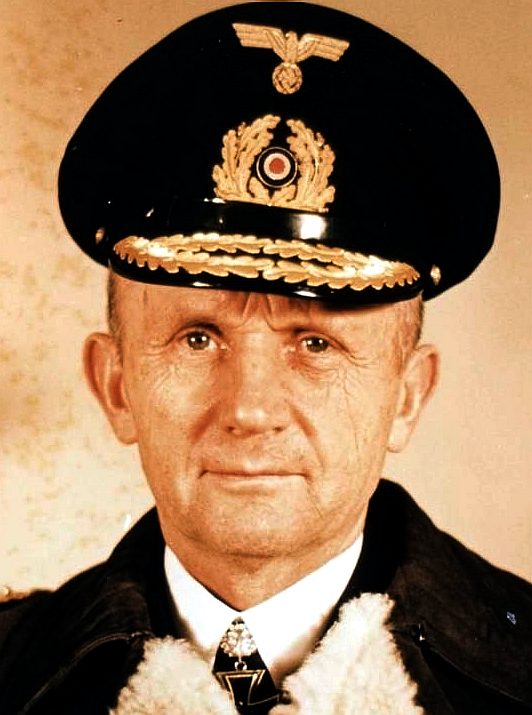
Karl
Donitz
Kriegsmarine
|
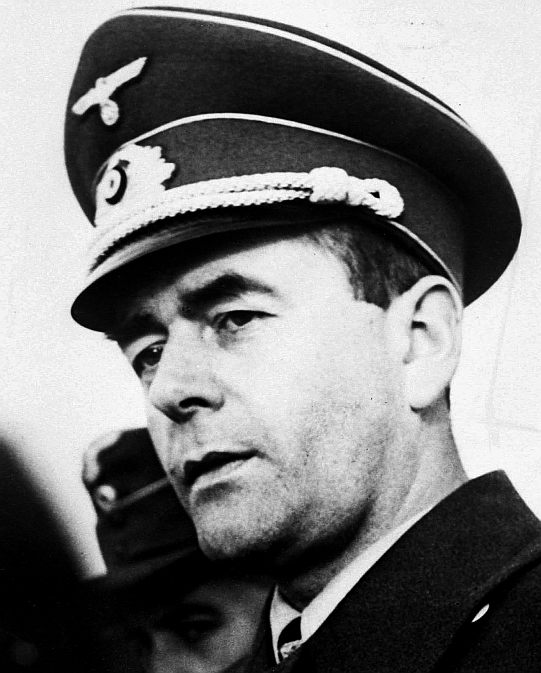
Albert
Speer
Nazi
Architect
|
WEALDEN'S
OFFICERS FROM 1983 TO 2018
|

Ian
Kay
Assist.
Dist. Plan.
|

Charles
Lant
Chief
Executive
|
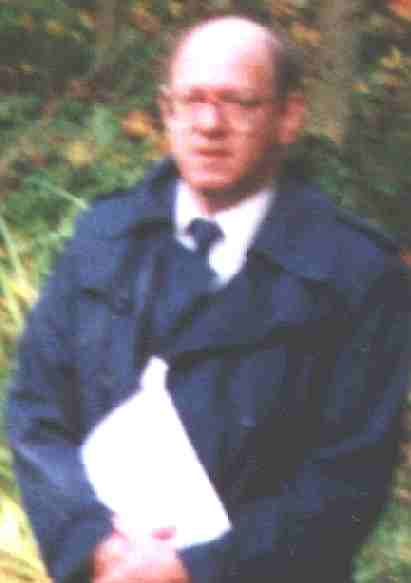
Victorio
Scarpa
Solicitor
|
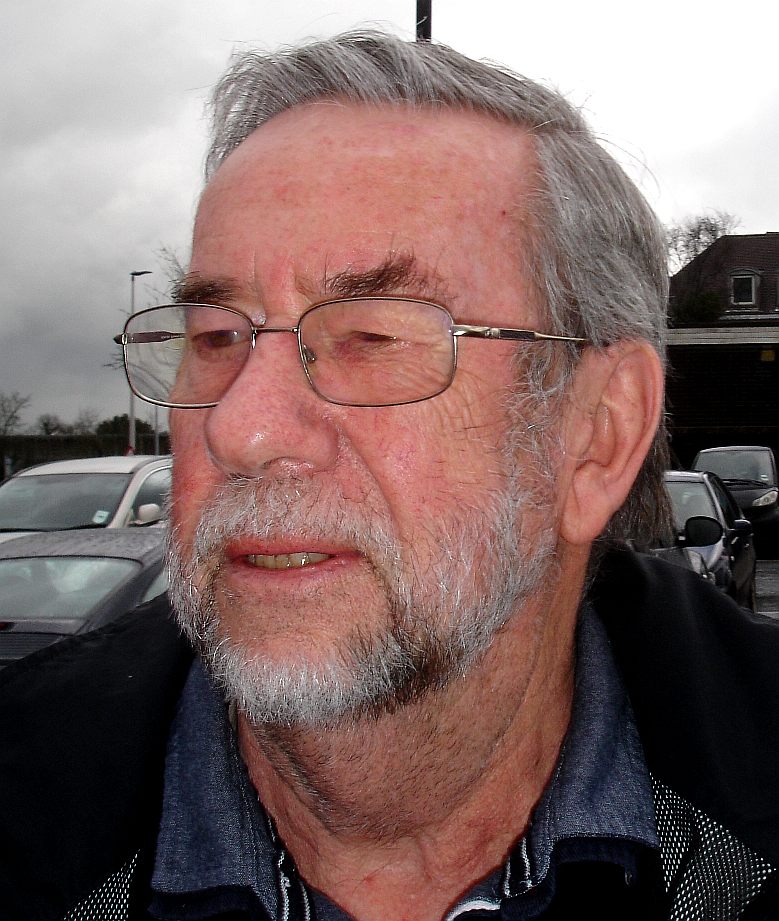
Timothy
Dowsett
Dist.
Secretary
|

Christine
Nuttall
Solicitor
|

Dr
David Phillips
Enforcement
|
|
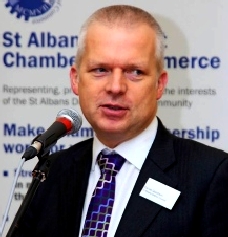
Daniel
Goodwin
Chief
Executive
|
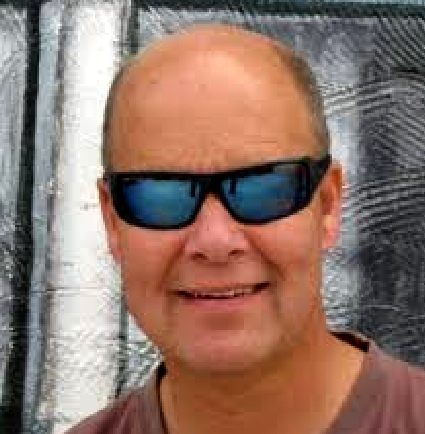
J
Douglas Moss
Policy
|
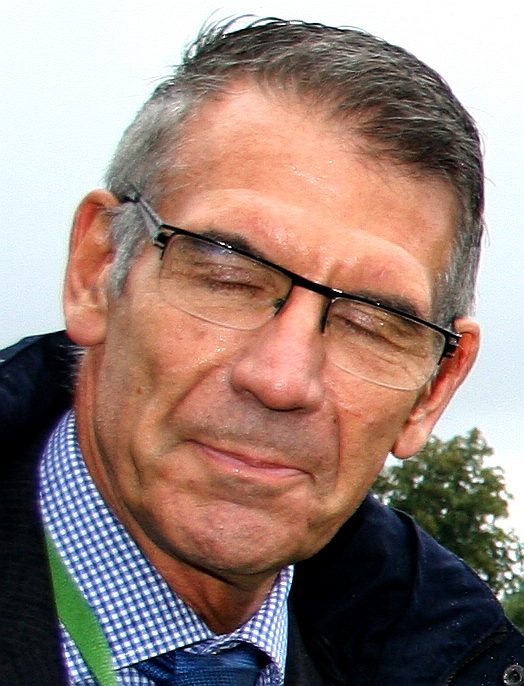
Kelvin
Williams
Dist.
Planning
|

Trevor
Scott
Solicitor
|
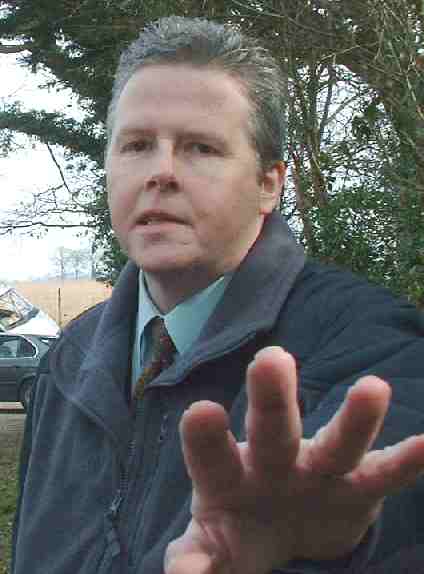
David
Whibley
Enforcement
|
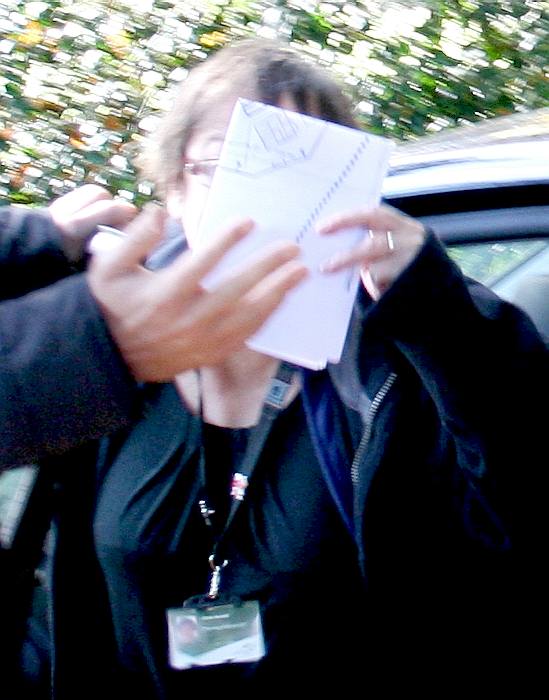
Christine
Arnold
Planning
|
|
M
|

Beverley
Boakes
Legal
Secretary
|
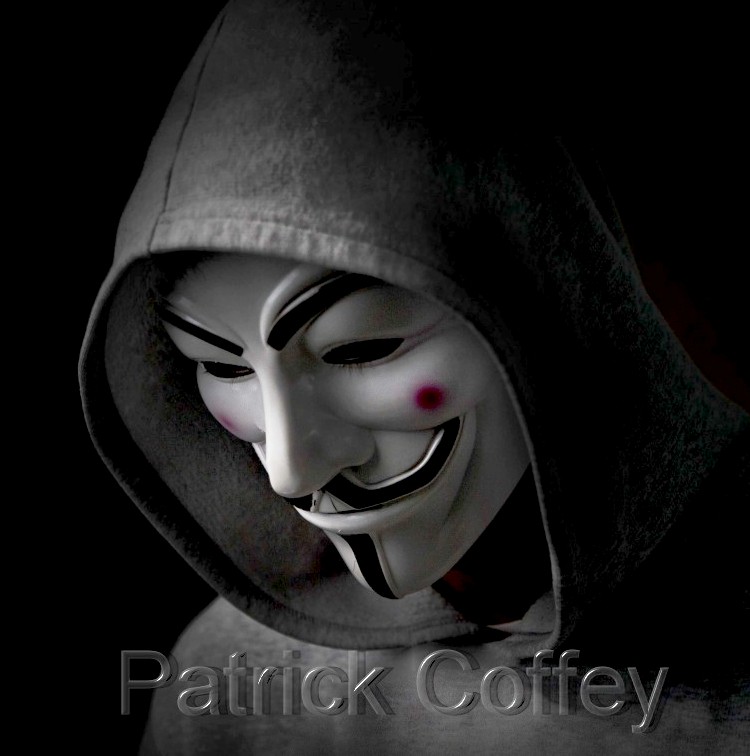
Patrick
Coffey
Planning
|

Julian
Black
Planning
|
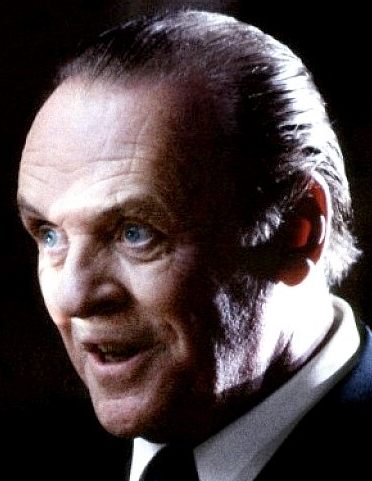
Ashley
Brown
Dist.
Planning
|
A
|
LINKS
& REFERENCE
http://www.bbc.co.uk/news/uk-england-sussex-43756483
Dailymail-How-Britain-tortured-Nazi-PoWs-The-horrifying-interrogation-methods-belie-proud-boast-fought-clean-war
Also see: buggery
rape sex sodomy
stalking torture
|



























